
借助天威行业领先的零售店智慧综合方案,让运营部门更加了解并改善您的商店运营。
知道有多少人进了店,有多少人买了东西,他们去了哪里,他们在哪里停了下来,他们要等多久才能结账或者得到服务等等。所有这些指标都是理解和改进商店运营的重要分析。可根据详细的数据进行KPI的设定,更加精准,更加科学。
- 改善店铺运营
- 客流与销售转化
- 最高精度
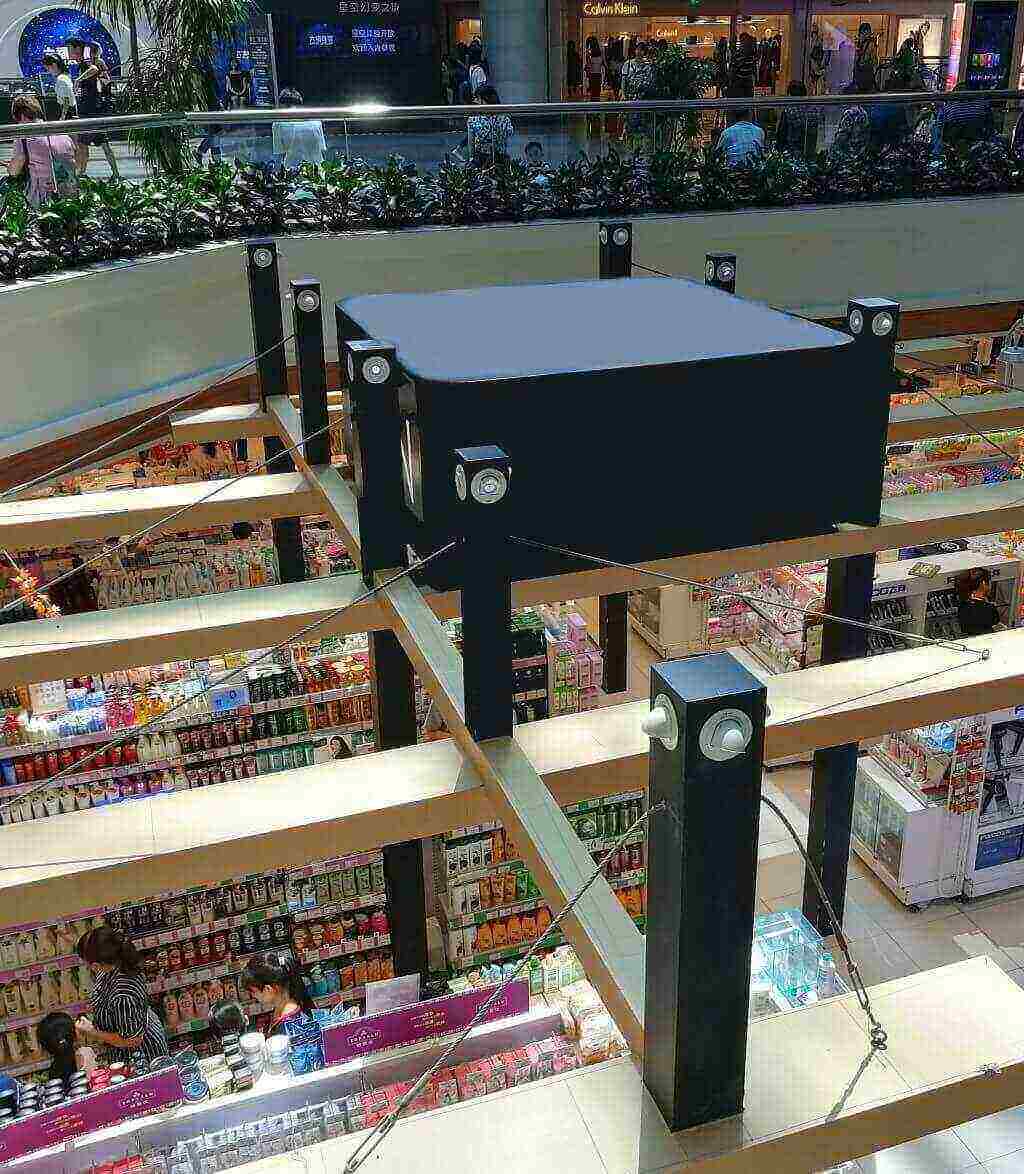
Improve Your Store Operations to Maximize Sales and Lower Costs
Store Operations use traffic to measure store performance. Sales figures alone don’t tell the full story. By comparing analysis of the data of traffic and sales , operators can get insight into the traffic and sales. Stores that serve the customer well will have higher conversion than those don’t. In addition, Operations can use traffic analytics to plan staffing for the store. Having more data to drive decision and labor allocation in the store can help maximize sales conversion and minimize labor costs.
To analyze where your visitors are / staff ratio and make shifts in staff planning will drive your conversion rate
With the information acquired by our sensor, combined with the staff planning and sales data, you can detect the weakness of your daily operation and take some counter measures to boost sales.
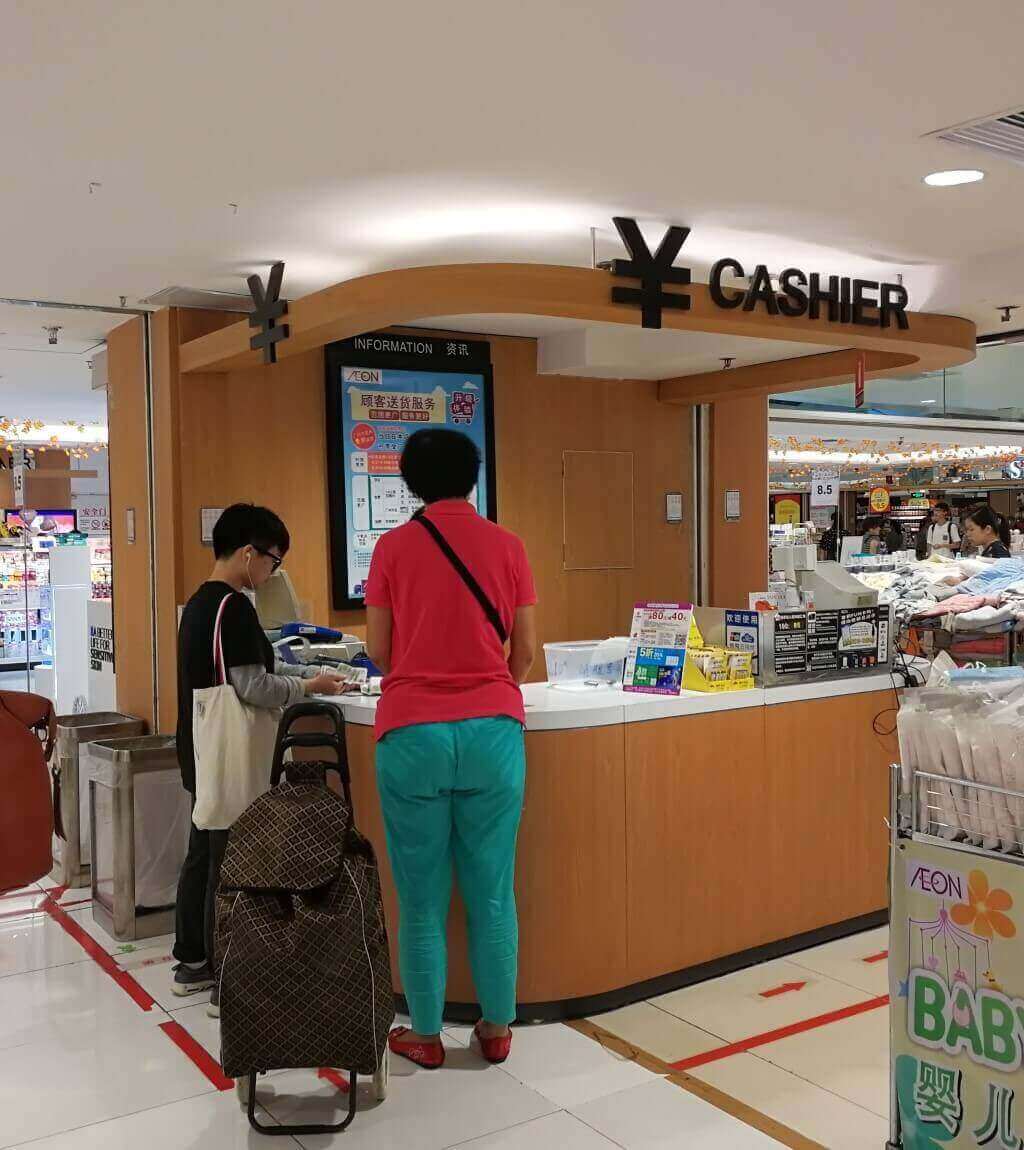
Get Actionable and Reliable Traffic and Sales Conversion Data
Traffic or people counting is the measuring of visitors of a store. The ratio, the number of visitors who bought devided by the total visitors, is known as conversion rate. It is a key performance metric for all the stores especially for retail stores. If one store gets higher traffic while the same conversion rate as a store with lower traffic. The store performance and the ability of converting visitors into customers seem to be the same. While if take traffic only into consideration, the store with higher traffic would seems to be performing better. Conversion rate can be used as measures for stores, departments or products display. If combine the behavior analysis with point of sale (POS) data you can measure the conversion rate. With this knowledge, you can plan your staffing better and can evaluate the marketing campaign reliable.
Why the conversion rate of some sores is higher than others?
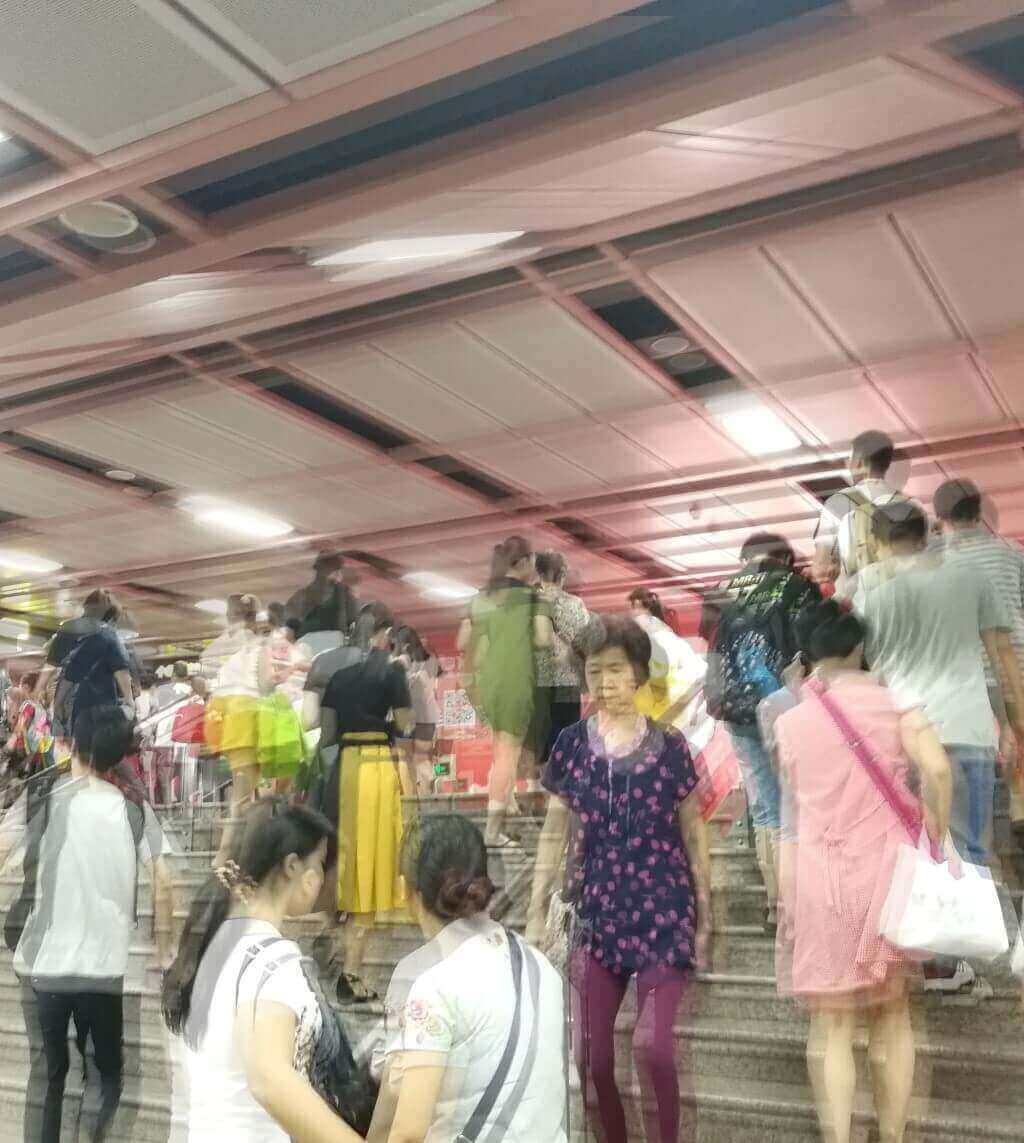
超越典型传感器的精度,最大化客户洞察力
由于结合了视频和高级算法的优势,天威为行业提供了高精度和灵活的数据捕获解决方案。 阳光,阴影,大量客流,温度变化甚至人们的穿着都可能影响准确性。 我们的技术可以在各种空间布局和广泛的环境中正确衡量人们的行为,并提供准确的商店指标。
准确区分人和物体及周围的背景
确定移动方向(进/出)
处理大面积的客流
识别和衡量群体(如:家庭)
适应环境(光线,热量,阴影)
商场经营者需要了解交通特性。天威可以提供帮助。对于零售商和购物中心经营者来说,地理位置是成功的关键。 客流数据用于说明每个零售空间的价值。 知道商场入口、十字路口、自动扶梯和停车场有多少人,对适当的人员配置和安全至关重要
- 改善店铺运营
- 客流与销售转化
- 最高精度
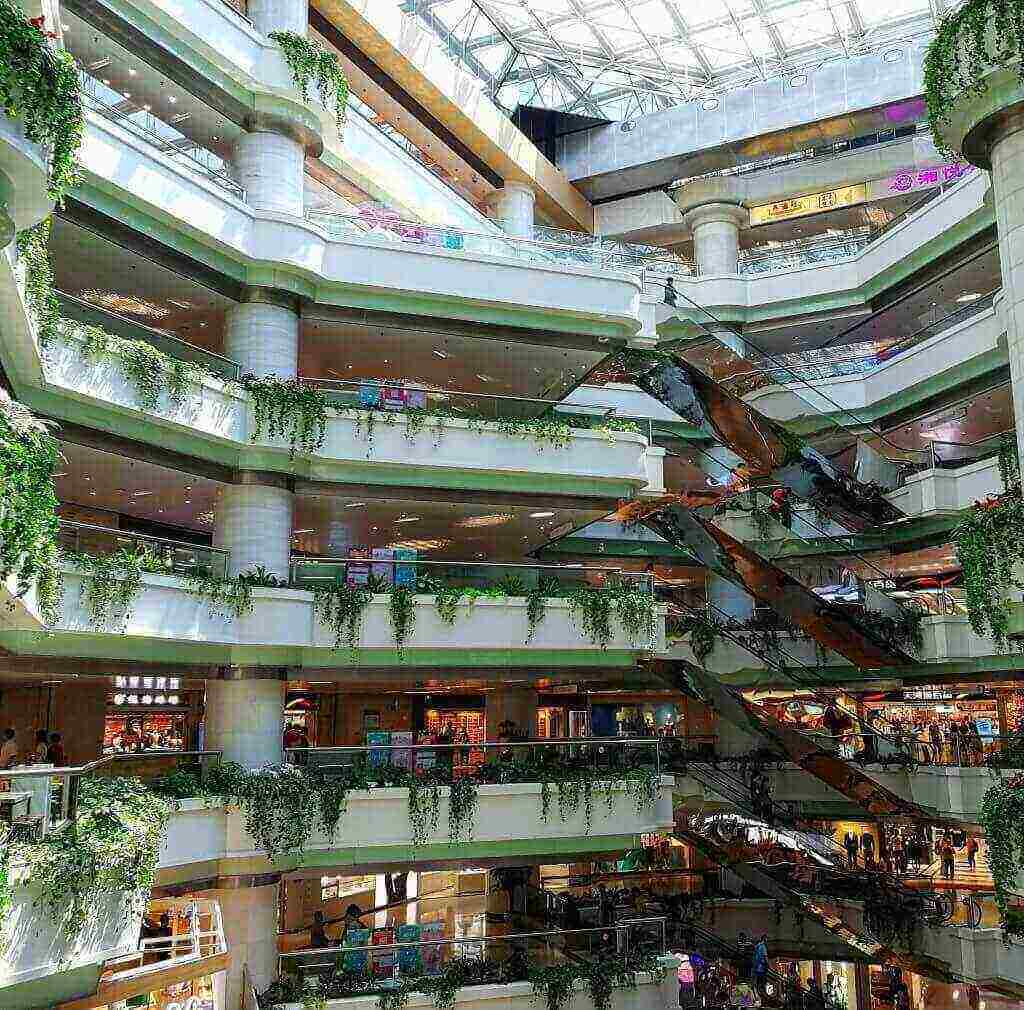
通过客流数据优化商场运营
对于商场运营商来说,将购物者吸引到其零售租户对于业务至关重要。租金可能基于客流量数据,在某些地区还取决于销售转换。 客流和过道客流影响着安全人员配备。
分析购物中心不同区域的顾客行为,如美食街、剧院、户外露台/吃饭/聚会区域,有助于您了解区域性能。
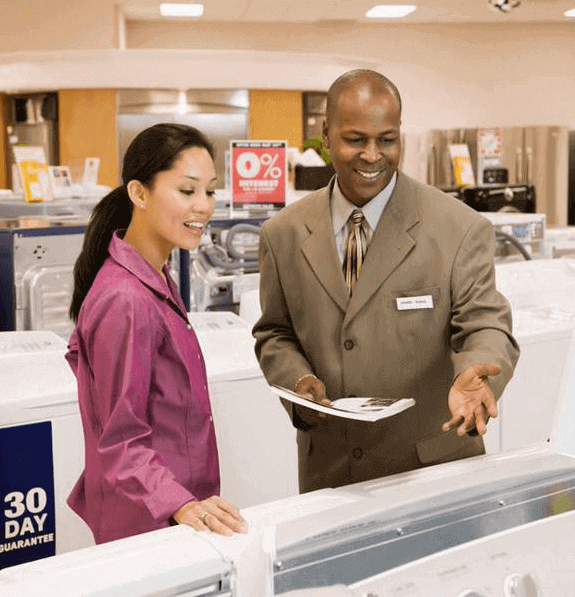
改善人员配置
经营者还可以根据流量数据分配员工。 例如,您可以根据访客流量数据安排您的安全人员、清洁工、维护人员。 客流量和销售报表可以按天、周、月和年转换。购物单位,成人和小孩都可以识别
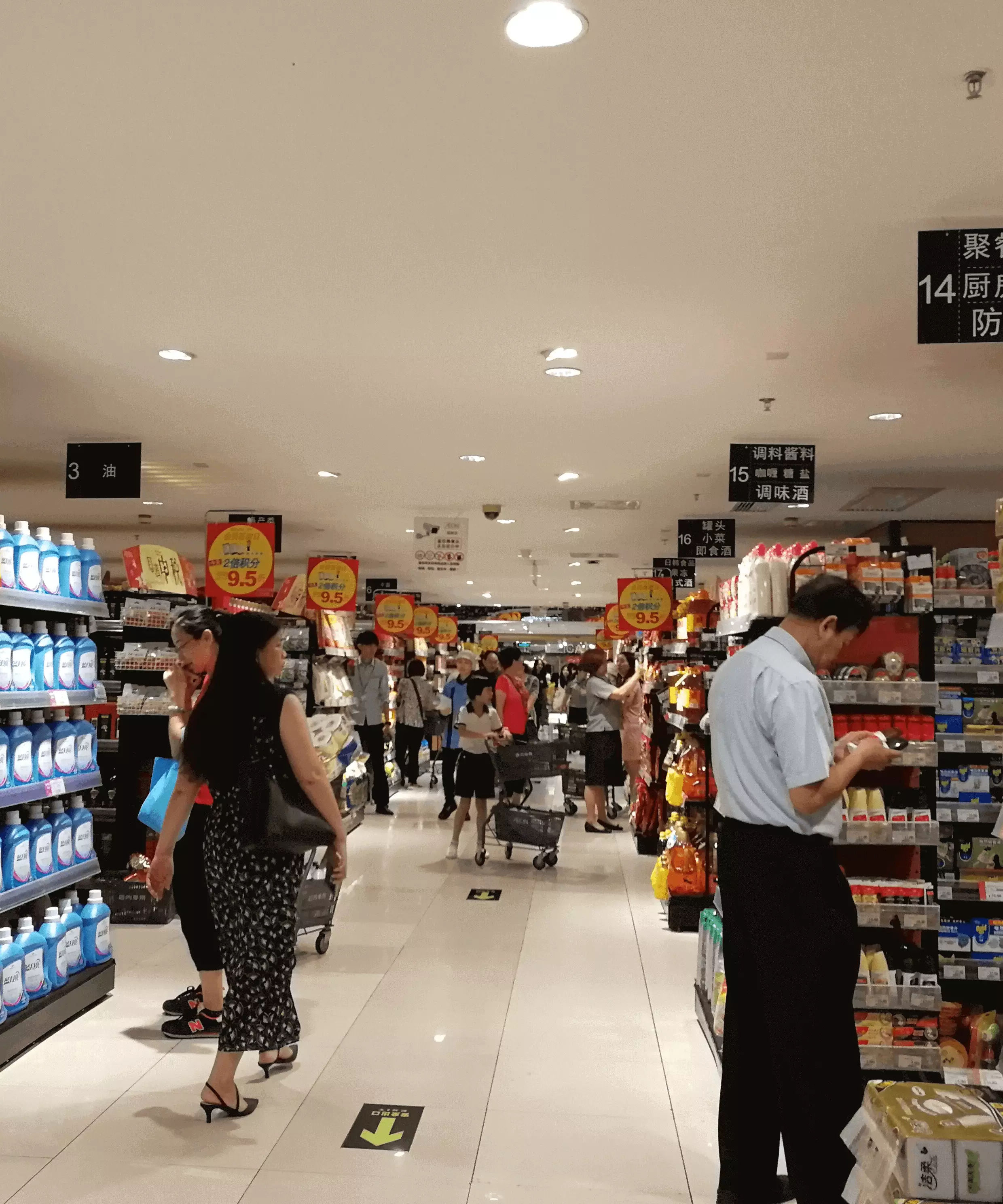
提高投资回报率(ROI)
运营商还可以通过CPM(每千次曝光成本)和SSF(每平方英尺购物者)等指标来衡量绩效营销活动,广告和区域绩效。 天威传感器可以收集准确的客流数据以更好地理解该指标。
天威设备在持续客流跟踪中的典型应用:
车道•交叉路口•入口•自动扶梯•停车场入口•剧院•美食广场•健身中心•市场
OTHER INDUSTRIES
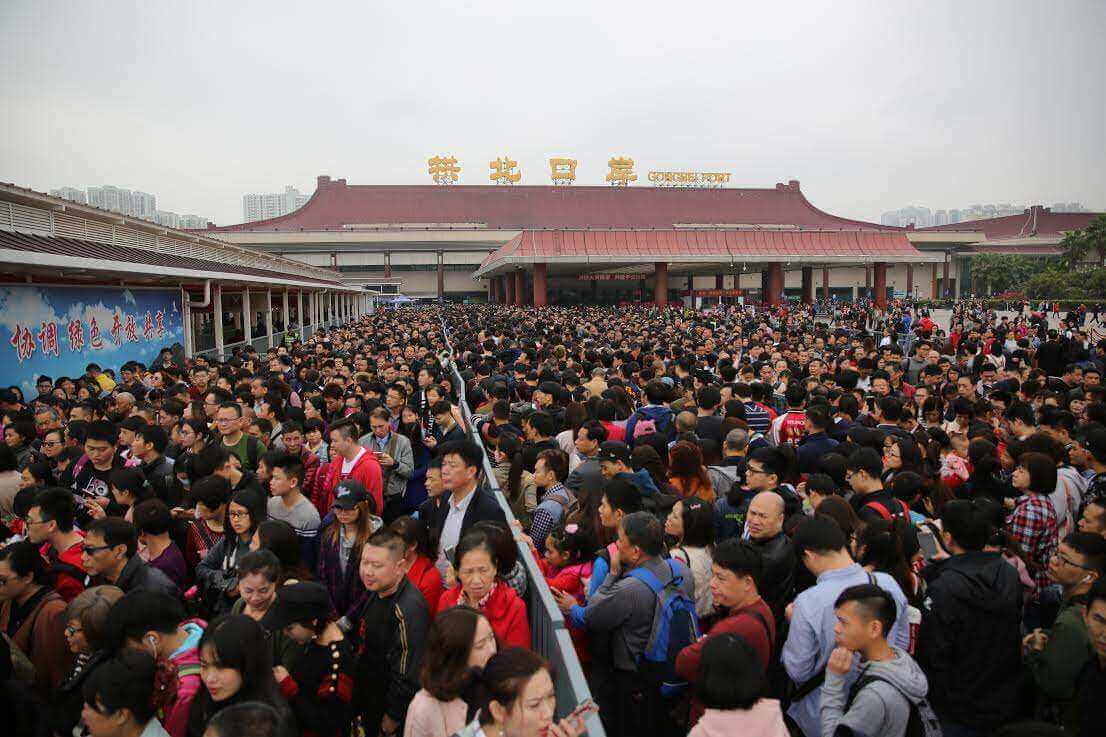
High accuracy people tracking: capture and track the location of each person in the sensor’s field of view. Skycount 2D sensors use 2D video information which make the counting results robust to lighting changes, shadows and closely spaced people.
Wrong way detection and tailgating: monitor and alarm when people are entering or “tailgating” behind others into restricted areas
Safety: detect when people enter dangerous area such as train tracks or heavy equipment usage areas
Crowd detection: monitor capacity-restricted environments such as concerts, stadiums and public spaces to ensure safety and compliance
Airports, bus terminals, and train stations: a cost-efficient, flexible and future-proof people tracking platform for transportation terminals
Queue measurement and waiting time: create real-time queue measurement, capacity and throughput to reduce queue length and waiting time to improve passenger satisfaction
Passenger Flow: track passengers and travellers to understand how they move through the terminal to optimise layouts for commercial or traffic flow purposes
Capacity and occupancy measurement: understand who many people in a given area such as a train platform or bus terminal waiting area
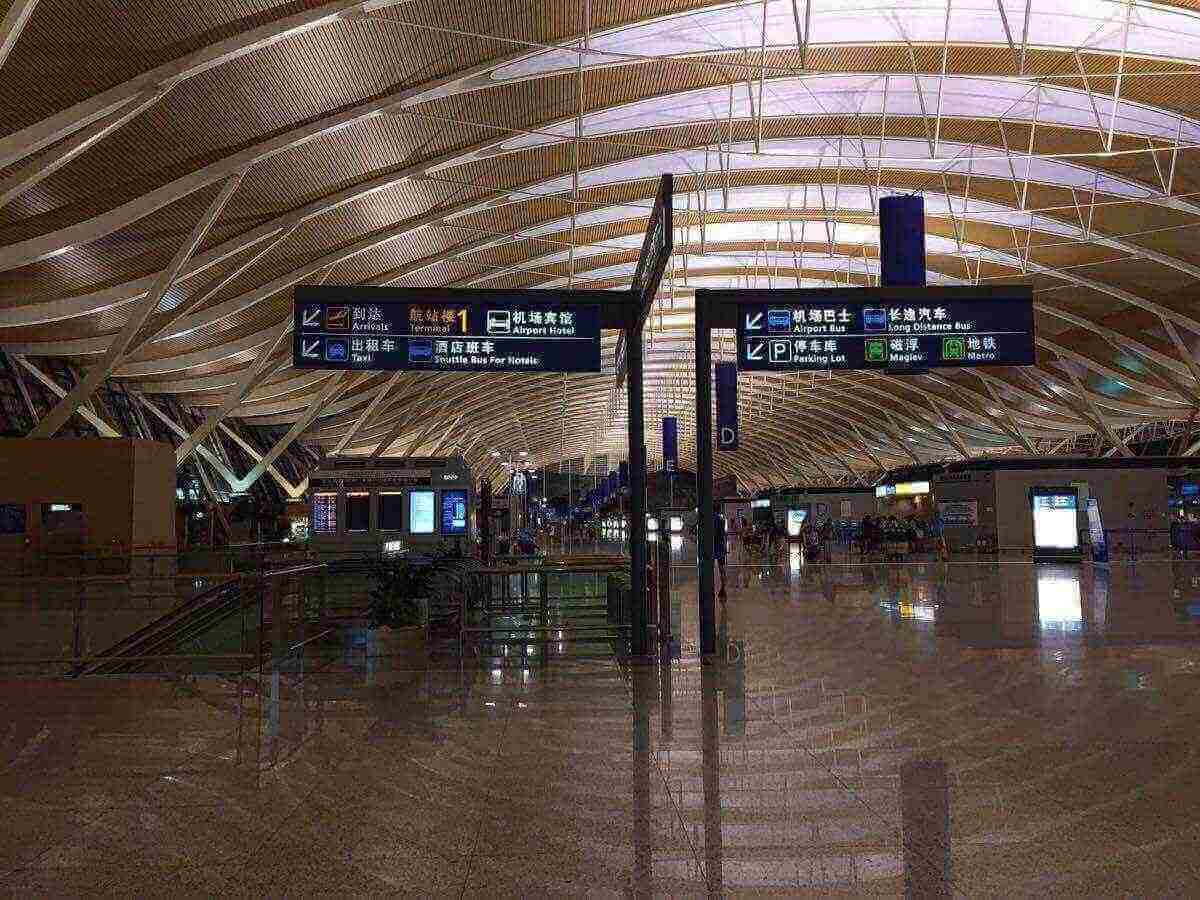
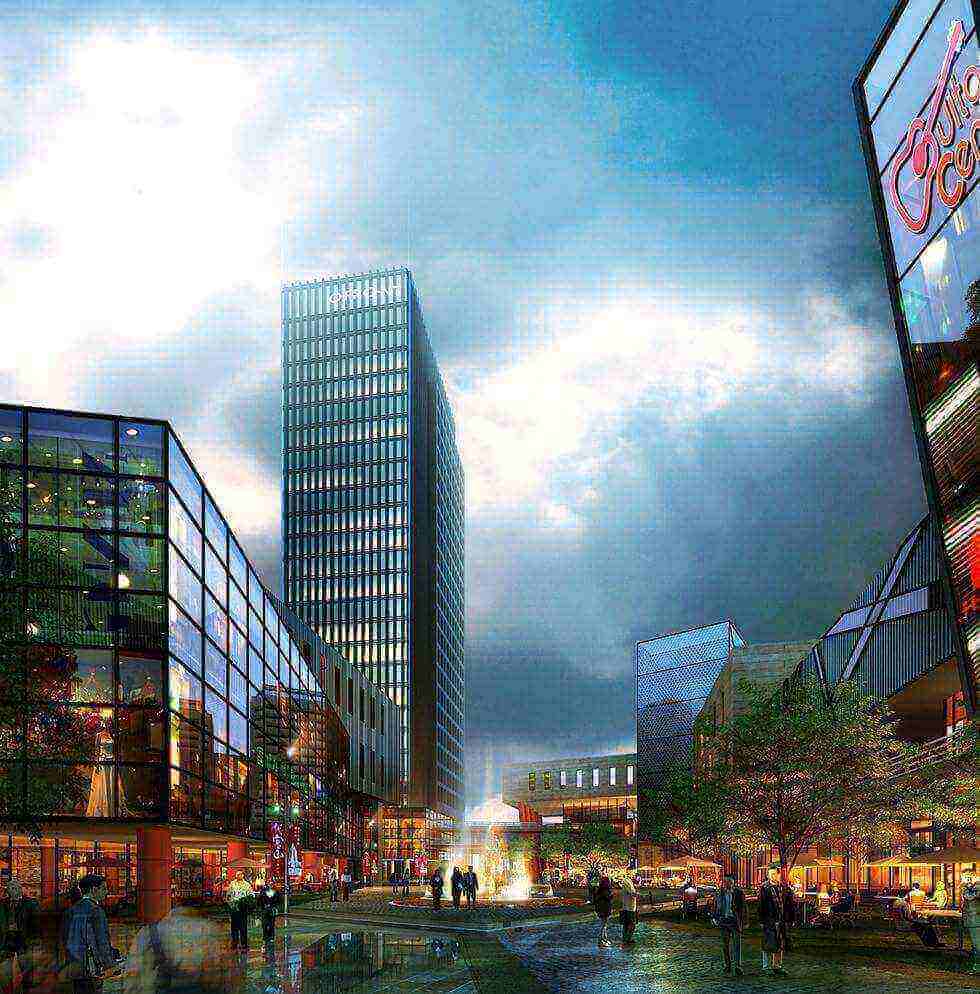
Building occupancy: To Count the people entering and or being in a building or a room, So as to optimize the supply of heating, lighting, and energy.
Meeting room usage: To learn when the meeting room is occupied and how many people there so as to improve the usage and layout of it.
Pedestrian flow: To measure and track pedestrian flow to optimise traffic crossing and vehicle flow.